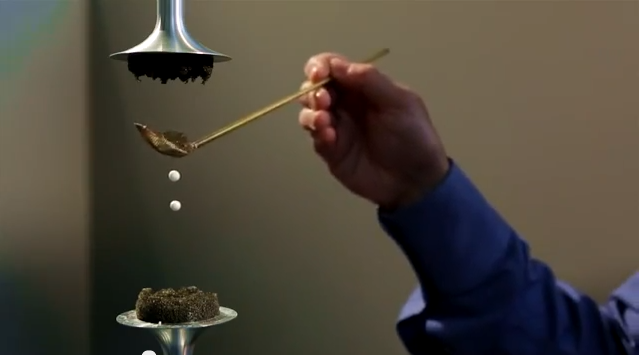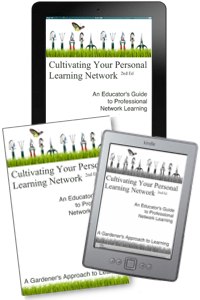
It is customary for us bloggers to write a year-end article, announcing our top ten “whatevers” for the year just ending. I’ve read some good ones written by smarter and more aware people than me. I would point you particularly to the series at Hack Education, written by Audry Waters – who is a true ears to the ground educator/journalist.
Me? Well I just haven’t been paying that much attention, applying myself more to specific production projects, including, but not limited to the 2nd edition of Cultivating Your Personal Learning Network (print | Kindle | iPad). Teaching myself to create an interactive iBook has been one of the most authentically enlightening educational experiences I’ve had in a very long time.
At any rate, at this point in my so-called career, I’m not apologizing for spending my time doing what I feel like doing. So, being less than qualified to list the top ten of anything for 2012, (did I mention this, or this, or this?), I’m going to come at it from a different angle.
Here are my hopes and wishes for 2013!
- I hope that we come up with a better target phrase than, “preparing our children for the 21st century.” It’s so 20th century, and we have, after all, got more than a tenth of the new century behind us.
- I hope that we can articulate a clearer distinction between personalized learning and differentiated (individualized) instruction. To often, when I hear people discussing personalized learning, they are actually talking about instruction. One is about becoming and the other is about being done to.
- I wish that we would really start using our hands more, that this whole maker subculture, some how, starts to become an integral and defining part of the culture of schools. Let’s replace our 30 pounds of textbooks with a tablet computer and a kit of personal hand tools.
- I hope that we learn to bring fun back into learning, by recognizing the learning that happens when we’re having fun.
- I wish that the institution of education would stop taking itself so seriously. Our efforts to make ourselves more important by introducing complexity into the process just makes teaching less enjoyable — and it irritates the customers.
- I hope that teachers and administrators find ways to purposefully learn more and learn more in front of their students. ..to become “public learners.”
- I hope that we get digital content right and not simply convert it to digital. I wish that we could stop using the term “textbook” and find something less suggestive of a teaching object. What would you call a learning object?
- I fervently hope that we find a way to redefine and assess mastery, not by counting right answers, but by observing what students can accomplish by using good answers.
- I wish that schools of education could stop preparing prospective teachers for a 30-year career by simply readying them for a typical classroom of today. We need teachers who are ready to adapt and adopt almost any opportunity that arises, willing and able to retool their classrooms every day. The best we can do is to prepare prospective educators for the first five years of their career (at best) and assure that they are skilled in persistent and self-directed professional development.
- I wish that we might begin to see that the mission of education should not be our assurance that every student successfully learns the same things. It should be our assistance in helping every student discover and become the best person that he or she can be.
Here’s to an enlightened new year!



